
However, there are a few things to bear in mind before you reach for the clippers.
The emergence of a full winter coat is triggered by the reduced number of daylight hours. In early to mid-summer, the coat is ‘dormant’ (known as the telogen phase). Then, as the days become shorter and the nights become longer, the horse’s coat starts to grow (known as the anagen phase) until his full winter coat has set in. Horses and ponies can also adapt to their environment – growing a thicker winter coat in places that have colder winters, and a sleeker coat in hotter, more tropical regions.
Horses and ponies are clipped for a number of reasons, including:
Clipping reduces sweating during exercise. Heavy sweating can affect overall condition.
Clipping allows the horse to cool down more quickly after exercise.
Clipping allows the horse to perform fast work without the added stress of overheating.
With a clipped coat, grooming is far quicker and easier.
This story is from the June/July 2020 edition of HQ magazine.
Start your 7-day Magzter GOLD free trial to access thousands of curated premium stories, and 9,000+ magazines and newspapers.
Already a subscriber ? Sign In
This story is from the June/July 2020 edition of HQ magazine.
Start your 7-day Magzter GOLD free trial to access thousands of curated premium stories, and 9,000+ magazines and newspapers.
Already a subscriber? Sign In

The Science Behind Tapering
The science behind tapering
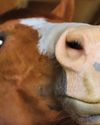
Horse Treats
The ultimate guide
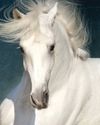
Horsey Hair Care
Tips and tricks for a healthy mane and tail
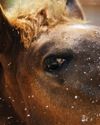
Horsey Hydration- The Importance Of Water In Winter
The importance of water in winter

A Horseback Safari
Abelana Game Reserve

The Psychology Of Riding Performance
Intrinsic motivation, part 7
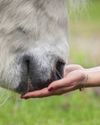
10 Best Life Lessons From Horses
Life lessons from our horses

Breaking New Ground
The evolution of the Callaho Online Auction
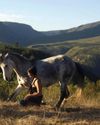
Horse Psychology 101
Part 3: The horse's cognitive abilities
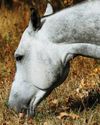
Colic Part 1
An owner’s worst nightmare